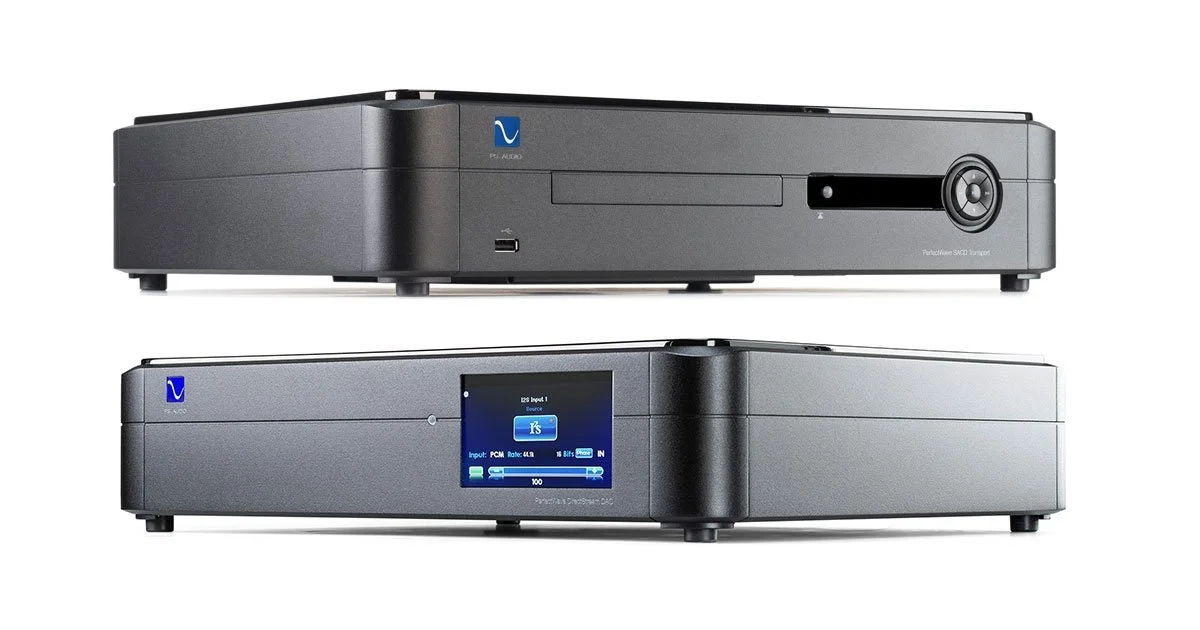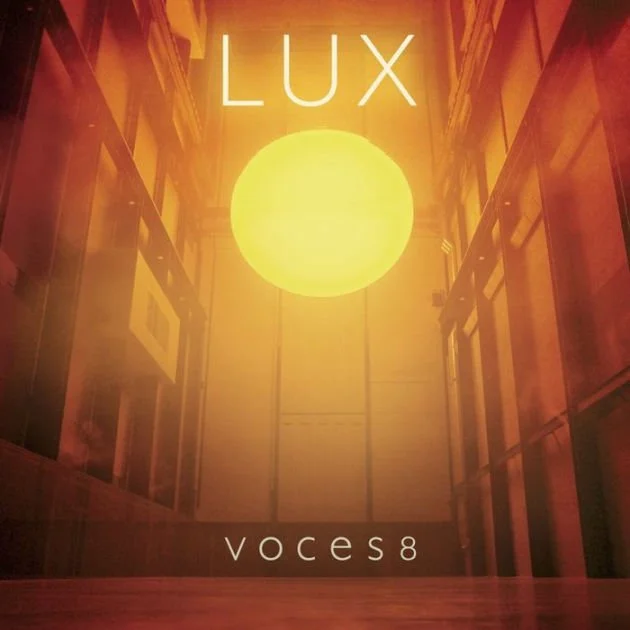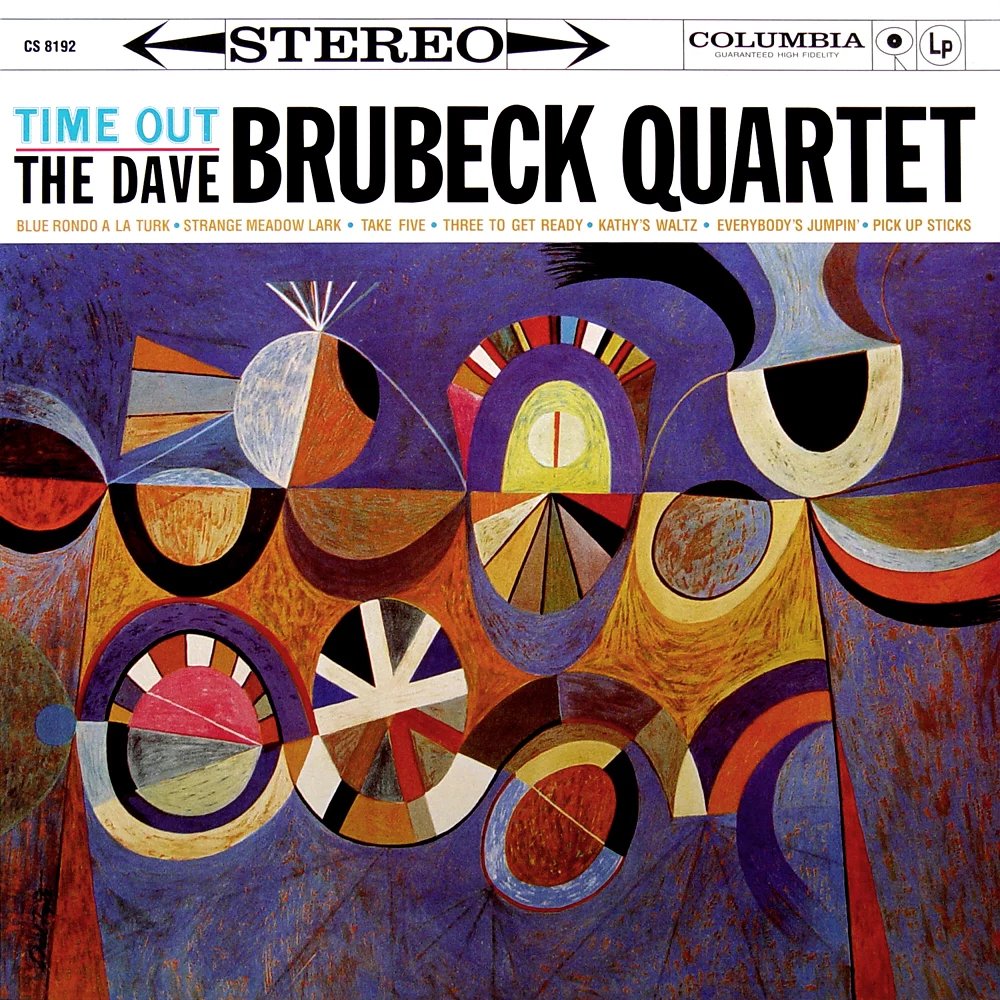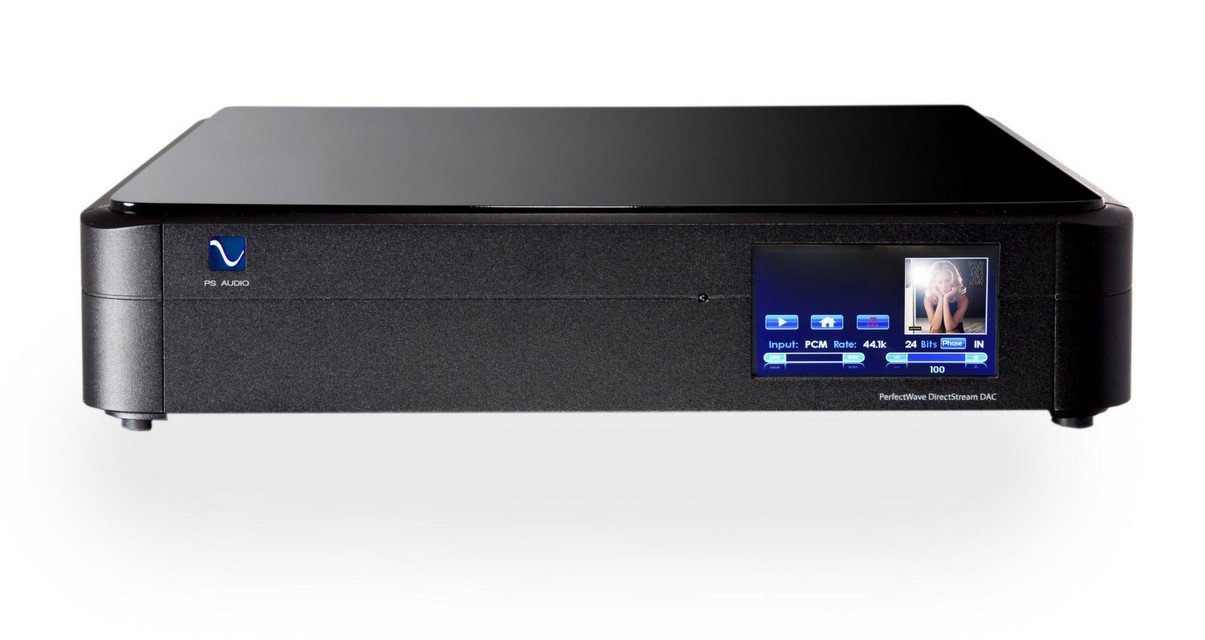PS AUDIO SACD TRANSPORT/ DAC COMBO - REVIEW
PS AUDIO PERFECTWAVE SACD TRANSPORT and DIRECTSTREAM DAC
The Compact Disc (CD) Player made its market debut in 1982. It was ‘science fiction’ made flesh with laser beams, ‘contactless’ playback, and the promise, I paraphrase, of music forever. Of course, the early adopters, of which I was one, had to have one. It was after all the latest, greatest gadget to have or so we thought. There were those, however, who were not fooled by the marketing frenzy and via early comparisons to their turntables, they quickly discovered that CDs were a poor third in terms of musicality and almost all other music related stats as compared to their turntables.
Nonetheless, in the US alone between the years 1983 to 2020 approximately 15.1 billion Compact Discs (CDs) were sold. One can only guess how many CDs have been sold worldwide in this timeframe. Fifty billion CDs, perhaps 100 billion across the world?
I’ve explained in one of my earlier reviews that it was only sometime later, after I had sold my albums and opted for the shiny plastic discs, that my epiphany arrived. It came to me via a girlfriend who had held on to her decades old turntable which would put my high-flying, expensive digital setup to great shame. All it took was just a very few notes. And my world was rocked. It is a moment that I will not soon forget.
Suffice to say, that there are, perhaps, tens of billions of CDs across the planet, some, no doubt, in landfills, some in deep storage, and some in use. This begs the worldwide question and not just in the US—are CDs dead? The volume alone would say no. And what if for some quite unfortunate reason, which I will not detail here, the internet of all things should be, well, rendered extinct? Then the media that one can hold in one’s hands will be king. Got albums? Cassettes? CDs? Eight-Tracks (tapes)?
It may well come to pass that the death of the CD was, perhaps, as exaggerated as the death of vinyl. I have several friends whose CD collections are vast on a scale that few would imagine—10,000, 20,000, 30,000 or more—stored in offsite facilities with a matching number of albums or even more.
Fortunately, the frail, harsh and unmusical days of CDs are a long time ago. Today it takes a rather expensive turntable to beat a Top-of-the-Line (TOTL) CD player. Things have, indeed, changed and dramatically so. This takes me to my review of the PS Audio PerfectWave SACD Transport ($6,499) and the PS Audio DirectStream DAC ($5,999) in combo, and decidedly a TOTL CD player. How far has the playback of CDs and SACDs come via rapid technological innovation and do they pose a challenge to streaming media in terms of sheer musicality?
REFRAIN: Unlike most reviews, this review will be non-sequential, as it will start with how the components actually sound and not the process of physically “undressing” them and/or laying out their various parts, specifications, etc. Think of this review then, as a non-linear movie—Memento, Kill Bill, Arrival, Eternal Sunshine of the Spotless Mind, etc—that, likewise, starts at the end and winds its way to the beginning.
SOUND
Ah, burn-in. The PS Audio PerfectWave CD transport and the PS Audio DirectStream DAC will need to be run for a long while (200 hours stated) before it hits optimum stride and then it will need to be powered and ready to go at any one of the 31,557,600 seconds in a given year. The lack of burn-in will result in a premature determination that will not see the combo at its best, nor serve the purchaser well.
When the necessary burn-in was accomplished (300 hours in my case), I began combing through my cache of CDs, a ghost of a ghost of its former self. I picked out the treasures, those pieces long known to me, which would tell me in a very short time how well or poorly they were being rendered by a given system. Among them Shirley Horn’s You Won’t Forget Me, Dave Brubeck’s Time Out, Miles Davis’ Kind of Blue, Pat Metheny's New Chautauqua, Joni Mitchell’s Blue, Janos Starker’s Rachmaninoff/Brahms, Sonny Rollins’ Way Out West and a host of others.
The PerfectWave SACD transport was quite demanding of its partnering DAC and the DirectStream DAC was always up to the task. Though when utilizing other DACs it boiled down to this bit of knowledge—pair it with high-performing DACs in order to get its best performance. Not necessarily the “Duh” you think this is as pricing of the various DACs was, in fact, of secondary concern, while inherent abilities were primary.
The takeaway, after spending several months with the PS Audio SACD Transport/DAC combo—this was, decidedly, not how I remember CD playback. The thinness, the shrill treble ‘resolution’, which would fluctuate between “Scccsssshhhh” to “something in a frying pan at high heat with a thin layer of oil”, or ‘invisible irritation’ and the inability to relax into the music were a thing of the past. No, what this combo was rendering was a naturalness and musicality and resolution easily comparable to TOTL turntables and their playback of albums. Paradox? Irony? Or the karma of the Ying Yang continuum?
With regard to the ‘baddies’ of earlier digital playback, the PS Audio SACD Transport/DAC combo bore no relation to them. Instead there is a paradoxical analog ease, exceptional treble resolution, a frequency-spanning weight, gravitas, texture, and naturalness, as mentioned above. This provides for an organic, engrossing and, again, analog-like rendering of one’s music.
The PS Audio SACD Transport/DAC combo’s volumetric cube—its soundstage—offers up great depth and width and very good height. Layering and positioning are impressive and solid from the combo. There is also exceptional transparency and resolution, and detail seems to float up from below the noise floor making itself available in a way relevant to the track or song in question.
The PS Audio SACD Transport/DAC combo was paired with the Roon Nucleus Plus, STAX SRM-T8000 HPA, LTA Z10e HPA/Integrated, Enleum AMP-23R HPA/Integrated, Mola Mola Tambaqui DAC, and DENAFRIPS Pontus II DAC. As this was an all headphone setup, my wheelhouse at present, the headphones used were the STAX SR-X9000, STAX SR-009S, Dan Clark VOCE, Meze Elite Empyreans, Meze Empyreans, Meze LIRIC, ZMF Verite, ZMF Atticus, and Rosson Audio RAD-0. Wires. Cabling throughout were Audience’s Front Row Cables (review coming) and power was RSX Power8 Power Box with the RSX BEYOND AC Power Cord.
Note: A balanced (XLR) connection brought more to the experience in every possible way—transparency, detail, air, bass weight, transient speed, etc. This was my preferred way of listening for the review, though I had also listened with RCA and I must say it too was very good.
BASS
Eiji Oue’s “V. Infernal Dance of King Kashchey” (Stravinsky, Reference Recording) first. Relative to the streaming setup, the bass response of the PS Audio PerfectWave CD transport and the PS Audio DirectStream DAC was thunderous, powerful, and as tight as the seven employed tympani drums! That said, a particular streaming combination via the Enleum AMP-23R (now gone) met the response blow for blow of the PS Audio combo, and one can only imagine the tumult that the two—Enleum AMP-23R and the PS Audio combo would have rendered together across the bass region—monstrous and exacting! Via the “Infernal Dance of King Kashchey” the PS Audio combo brought transparency and excitement and all were married to that paradoxical analog-like musicality. I could find no fault, whatever, across this region as track after track revealed the ease with which the PS Audio combo delved deeply into the stygian depths of the Holy-Bass-Head-Grail to come away with the prize every time. Bravo!
MIDRANGE
Voces8’s “Vesper (All-Night Vigil), Op.37: Bogoroditse Devo 1915” (Lux, Decca Music Group Ltd.) plays and the stage is high, broad and deep, with singers fixed. The harmonies are beautifully rendered, rich, suffused with detail and air sufficient to enable a feeling of an incredibly immersive experience. Ethereal at times, holographic at others, the PS Audio SACD Transport/DAC combo blurs the boundaries of analog, whilst offering up seemingly every scintilla of information contained therein. It is one of the most beautiful renderings of this piece and this album that I’ve heard. And that counts for streaming of, at least, the CD version of Lux (didn’t have the SACD version)! The midrange is both exceptional and beguiling. And this I did not expect. CD playback has, indeed, come a very long way.
My all-time favorite CD for sussing out a component or an entire system is Shirley Horn's “Beautiful Love” (You Won’t Forget Me, Verve). I took this CD with me to every audition, to friends’ homes so as to understand his or her “incredible system,” in short everywhere. Suffice to say that most of these systems, in my subjective opinion, were… okay, not incredible. Now Toots Thielemans’ harmonica enters and it is somber, tonally/timbrally honest, wonderfully textured. The rendering of this alone would confer “keeper” in an audition. Then Shirley’s voice and the clarity of phrasing, the palpability, the nuance and richness, the texture, with not a quark of sibilance is intoxicating. I want more. I repeat the track. This would, of course, signal “keeper” while so many components and systems over the years did not.
TREBLE+
Dave Brubeck’s “Take Five” (Time Out, Columbia-Legacy) cues and plays through. Joe Morello’s cymbals sing with a crystal clarity, air, and fine, detail-rich resolution, that says ‘in-house’ baby. I cannot tell you how many super, high-priced systems fail to deliver on this! Nor do they deliver on the tight, transient quick, drum-skin whacks and black-quiet in-betweens as Joe goes to town. Dave’s keys have required weight, tonal ease. And here comes Paul Desmond’s sax and it is vibrant, textured, tonally rich, and compelling. Always there, Eugene Wright’s beginning to end bass licks are the foundation for all that lies above and, seemingly, nothing lies below. The air and space, the impact and speed are delicious. Like triple chocolate cake and a Rutherglen Muscat (Campbells Merchant Prince) after a fine dinner. Another exceptional rendering via the PS Audio SACD Transport/DAC combo. Bravo!
The Wrappings and Accessories
The PS Audio PerfectWave SACD transport comes in a large, nondescript, brown box, with the company’s logotype placed strategically across it.
The internals of both products are quite unique. There is a suspension assembly of sorts, formed of cardboard and thick plastic that keeps both components out of contact—suspended—between the top and the bottom of the outer box. Ingenious.
Design—Look and Feel
Substantive. Elegant. Clean. The PerfectWave SACD transport and the PS Audio DirectStream DAC at 20.5”x 24” x 10” (52cm x 61cm x 25cm) are not diminutive affairs, but neither are they gargantuan. Their rounded-corner, aluminum casings add to their smooth industrial design and perceived value, which, to me, seems quite high. And their silver incarnations are clean, beautifully laid out, setting the stage for intuitive interaction. They come in black as well.
Their top surfaces seem as if smoked glass as it is very reflective, though upon touch (and perusing the manual) it is a highly polished laminate, and it is what lends a fine touch, an elegance to the overall appearance of the transport and DAC.
All in all the PerfectWave SACD transport and the PS Audio DirectStream DAC are well-designed components that are substantive, well-designed industrially, visually attractive, and user-friendly.
FUNCTIONALITY
PerfectWave SACD Transport
PerfectWave SACD transport is as easy as pie to hook up to a DAC, any DAC, and to get music going and to send those bits and bytes to any DAC.
It is capable of SACD playback but engaging this is not as easy as pie. And, save PS Audio’s own DirectStream DAC and their coupling via I2S for SACD playback, seeking out a compatible DAC to decipher your SACDs is not, currently, an easy task.
The PerfectWave SACD transport features a number of outputs for connecting to one’s DAC, or to several, for that matter. The outputs across its back panel are:
I2S:
Coax: 1 output for PCM and DoP
BNC: 2 outputs for PCM and DoP
XLR Balanced: 2 outputs for PCM and DoP
RJ45 and WIFI: Ethernet and WIFI for over-the-air code updates
The PerfectWave SACD transport’s front face features at its far left a USB A input, the transport drawer is positioned to its right and on the far right are located a slim display screen, and beside it a circular control panel.
The PerfectWave SACD transport in addition to CDs and SACDs plays CD-R/CD-RW/DVD-R/-RW/+R/+RW, though audio only in all listed formats. Additionally, its USB Drive, a very nice addition for streaming store files, transfers the following formats:
MP3/WMA/AAC (~48kHz/320bps)
WAV/FLAC/AIFF (~192kHz/24bit)
ALAC (~96kHz/24bit) DSD (~5.6MHz)
Suffice to say that the PerfectWave, unlike the world of streamers and renders, is “bilingual” in this respect. However, to play Double-Rate DOP or PCM one must utilize an HDMI cable, both XLR balanced outputs in or both BNC outputs in unison to a DAC capable of accepting these dual configurations. For more information:
PS Audio DirectStream DAC
The DirectStream DAC utilizes an FPGA—Field Programmable Gate Array—which for the uninitiated is rather like having a designer wardrobe as opposed to Ready-to-Wear. The Ready-to-Wear being the standard chipset utilized by a host of manufacturers for entry level products to, well, those other, price-no-object products. In this respect, PS Audio goes the Designer route with its FPGA implementation.
I’ll refer to one point here with regard to how the PS Audio Direct Stream DAC functions or up-converts and then link to its home where much information can be found via the ample documentation. And that point is:
“DirectStream converts every input signal, both PCM and DSD, to single-bit, high sample rate 20X DSD signal. Use of a FPGA rather than an off the shelf DAC chip provides immense processing power, resulting in complete lack of digital glare, and allows the owner to download OS updates as they are released.”
Please find additional information via the links below:
CONCLUSIONS
Wow! CD/SACD playback has, indeed, come a very long way whilst providing for a paradox that can, perhaps, only now be seen for what it is—CD playback comparable to exceptional vinyl playback or CD playback with soul, resplendent musicality, and beguiling engagement. Who’d of thunk?
Seriously, if you have a mountain of CDs like a number of my friends and consider yourself a connoisseur of media—CDs, SACDs, downloads—the PerfectWave SACD transport and the PS Audio DirectStream DAC represent a one-stop powerhouse that will keep you seated in the listening chair for countless happy hours with its transparency, its detail and richness, its startle factor, and its engaging musicality.
The PerfectWave SACD transport and the PS Audio DirectStream DAC are highly recommended in a day and age when people actually think that CDs are dead. The nerve! Remember, these are probably the same people who said that vinyl was dead, as vinyl now experiences a renaissance across the world. When will we learn and listen to our hearts and our souls, not the naysayers. And should the internet of things go, well, south… We, AudioKeyReviews, happily give the PerfectWave SACD transport and the PS Audio DirectStream DAC combo our GOLDEN KEYNOTE Award for outstanding musical excellence.
Pros: Incredible transparency, resolution, musicality, and engagement. Plays SACDs, CD, streams, takes a thumb drive insert as well.
Cons: Expensive. Not small
The Company
PS AUDIO
PS Audio PerfectWave SACD transport ($6499)
PS Audio DirectStream DAC ($5999)
PS AUDIO
sales@psaudio.com
psaudio.com
4865 Sterling Dr.
Boulder, CO 80301
1-800-PSAUDIO
The SYSTEMS
1.
Accustic Arts Player II CDP/DAC
Grimm Audio MU1
Dan Clark VOCE
STAX SR-009S
Viva Egoista STX HPA
Audience Front Row
AntiCable
Black Cat TRØN Signature Digital Cable/SPDIF
RSX Power8
TORUS RM20
2.
Roon Nucleus Plus
Dan Clark VOCE
STAX SR-009S
Meze Empyrean
Meze LIRIC
Rosson Audio RAD-0
ZMF Atrium
ZMF Véríté
LTA Z10e HPA/Integrated
Audience Front Row
AntiCable
RSX Power8
TORUS RM20
Audience AdeptResponse








